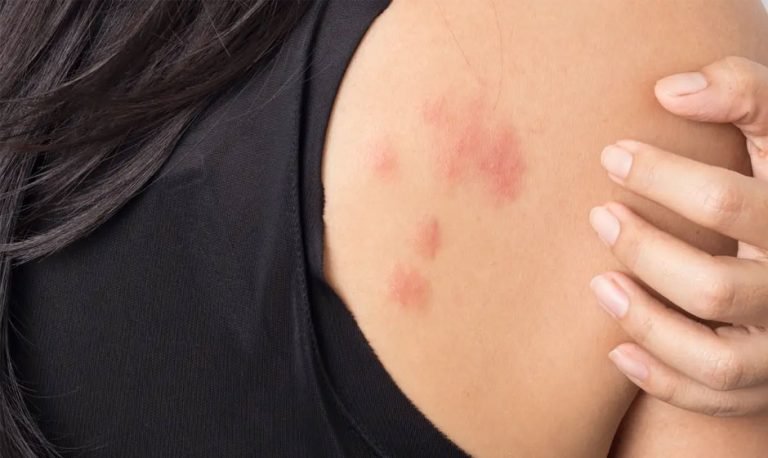Introduction
When you wake up with itchy or painful marks on your skin, you may wonder if they are caused by flea bites, mosquito bites, or even a rash. This article aims to explore the differences between flea bites and mosquito bites, as well as other potential skin conditions. By understanding the characteristics of these irritations, you can better identify the source and seek appropriate treatment.
Could It Be Bedbugs?
Before diving into flea bites and mosquito bites, it’s essential to address the possibility of bedbugs. While this article focuses on flea bite vs. mosquito bite comparison, bedbugs are often a concern. Bedbugs can be found not only in beds but also in sofas, chair cushions, and furniture crevices. If you suspect a bedbug infestation, it’s advisable to check your bed and bedding for signs of these insects or consult with a doctor for a professional diagnosis.
Flea Bites: Characteristics and Identification
Flea bites are a common annoyance, particularly for pet owners or those who come into contact with infested environments. Fleas typically target areas like the feet, ankles, lower legs, armpits, and elbows. The bites appear as itchy, red bumps or clusters of bites, often arranged in lines or clusters. Flea bites may resemble bedbug bites, but they are usually larger and more randomly distributed across the body.
Mosquito Bites: Characteristics and Identification
Mosquito bites are another common summertime annoyance. These bites often cause raised, itchy welts on the skin. Unlike flea bites, mosquito bites don’t typically appear in a line or pattern but are more randomly distributed. Mosquito bites can vary in size and may leave a small, pimple-like mark on the skin. It’s important to note that mosquitoes can transmit diseases such as malaria, West Nile virus, and dengue fever, so taking precautions to prevent mosquito bites is crucial.
Other Possible Causes: Rashes and Skin Conditions
Not all skin irritations can be attributed to flea bites or mosquito bites. There are several other skin conditions that can resemble these insect bites. It’s important to consider these possibilities when trying to identify the cause of your skin irritation:
- Hives: Hives are raised, itchy bumps that can appear red or skin-colored. They are usually a result of an allergic reaction and may spread rapidly.
- Fungal Infections: Fungal infections often target moist areas of the body, such as the feet, genitals, or under the breasts. They can cause itchy and bumpy rashes in other areas of the body due to an allergic reaction.
- Miliaria (Heat Rash): Heat rash is a common condition caused by inflammation or blockage of sweat ducts. It typically presents as red, itchy bumps and is most common in hot and humid climates.
- Dermatitis Herpetiformis: Dermatitis herpetiformis is a rare autoimmune skin condition characterized by itchy blisters and redness. It may appear differently on light and dark skin.
- Other Insect Bites: It’s worth considering other insects that bite humans, such as lice, scabies, ticks, chiggers, and fleas (discussed earlier). Each of these bites has unique characteristics that can help differentiate them from flea bites or mosquito bites.
Seeking Medical Assistance
If you’re unsure about the cause of your bites or experiencing severe symptoms, it’s advisable to consult a doctor. They can visually identify the bites or rule out other potential skin conditions. If you suspect a bedbug infestation but can’t find evidence in your home, a doctor’s expertise can help provide further guidance.
Conclusion
Distinguishing between flea bites, mosquito bites, rashes, and other skin conditions is essential for proper identification and treatment. By understanding the characteristics of these irritations, you can differentiate between them more effectively. If you have concerns or are experiencing severe symptoms, it’s always best to seek professional medical advice. Remember to take preventative measures to avoid insect bites and maintain good skin hygiene to minimize the risk of skin conditions.


